-
-

FLUORIDE
What Is Stannous Fluoride Toothpaste?Discover what is Stannous Fluoride Toothpaste and its importance to prevent cavities and other oral health problems.

TEETH WHITENING
Whitening toothpaste - hydrogen peroxide vs. carbamide peroxideIf you lose one or more of your front teeth due to injury or decay, you may feel ...
-
Science & InnovationOral Health Commitment
- Oral Health Commitment
- Bright Smiles, Bright Futures
- Educational Resources
- Mobile Dental Van
- Volunteer
- ORAL HEALTH CHECK
- PRODUCT MATCH
- Oral Health and Dental Care | Colgate®
- Oral Health
- How To Recycle Your Toothbrush
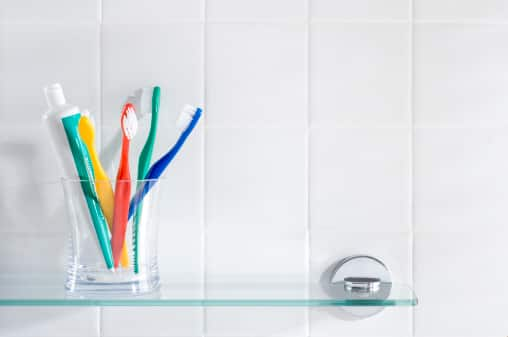

The average American will throw away 300 toothbrushes in their lifetime. Between replacing your toothbrush every three to four months, after an illness, or when it begins to show signs of wear and tear, those used toothbrushes can really add up.
Not only can toothbrushes that end up in landfills harm the environment as they make their way to waterways, but the production of new toothbrushes can also lead to substantial air and water pollution. If you’re looking for ways you can go green with your oral care routine, there are steps you can take to help reduce your carbon footprint without sacrificing your oral health.
Why You Should Recycle Your Toothbrush
Toothbrushes come in many shapes and sizes. Sturdy handles made from polypropylene plastic molded, nylon bristles, and soft rubber parts are the typical components that make up a modern toothbrush. Unfortunately, none of these common materials are biodegradable, so they can take years to break down if not disposed of properly.
By recycling, used materials from toothbrushes get converted into new products that reduce the need to consume natural resources, and we save energy which reduces greenhouse gas emissions.
How To Recycle Your Toothbrush
You can now purchase recyclable toothpaste tubes and toothbrushes made from recycled or compostable materials such as bamboo or wood, but how can you recycle a toothbrush made from plastic?
- Colgate Local Recycle Solutions accepts all brands of used or empty oral care products and packaging. All you need to do is find your nearest local drop-off location.
- Contact your local recycling center to see if they accept the types of plastic you have.
- Local grocery stores may accept used toothbrushes through their own programs.
- Repurpose your old toothbrushes for household chores like scrubbing floors and polishing jewelry.
Next time you dispose of your old toothbrush, consider these tips and choose what’s best for you. Small changes to your oral care routine can reduce your impact on the environment.
This article is intended to promote understanding of and knowledge about general oral health topics. It is not intended to be a substitute for professional advice, diagnosis or treatment. Always seek the advice of your dentist or other qualified healthcare provider with any questions you may have regarding a medical condition or treatment.
Related Articles
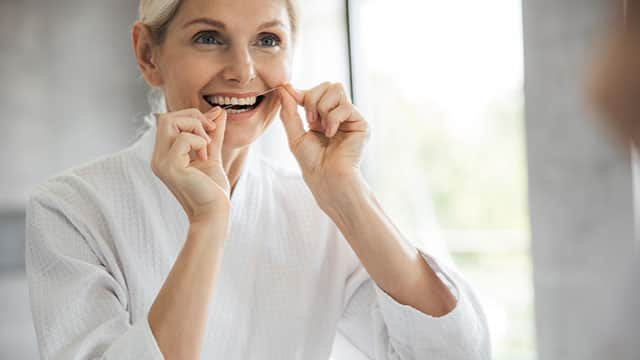
Brushing and flossing
Waxed or Unwaxed Dental Floss? Assessing Your Oral Health NeedsWaxed and unwaxed dental floss are two of the most common types, and they both have their merits. Here's how they differ and how to know which to use.
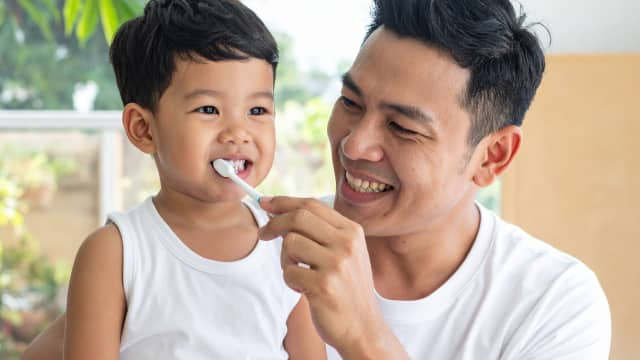
Brushing and flossing
From Battle to Bonding: Making Brushing Fun for Your KidsBy: Mandy Dennis
Registered Dental Hygienist

Brushing and flossing
Replace Your Toothbrush Head Already!Find out when you need to replace your toothbrush head and the importance of a fresh brush head to your oral health.
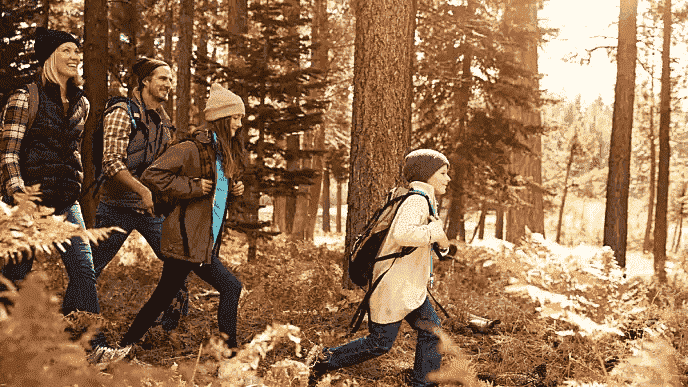
Brushing and flossing
What Are Microbeads In Toothpaste?Learn more about microbeads in toothpaste and how the recent ban is good news for your health and the environment. Also learn about alternatives.
Related Products
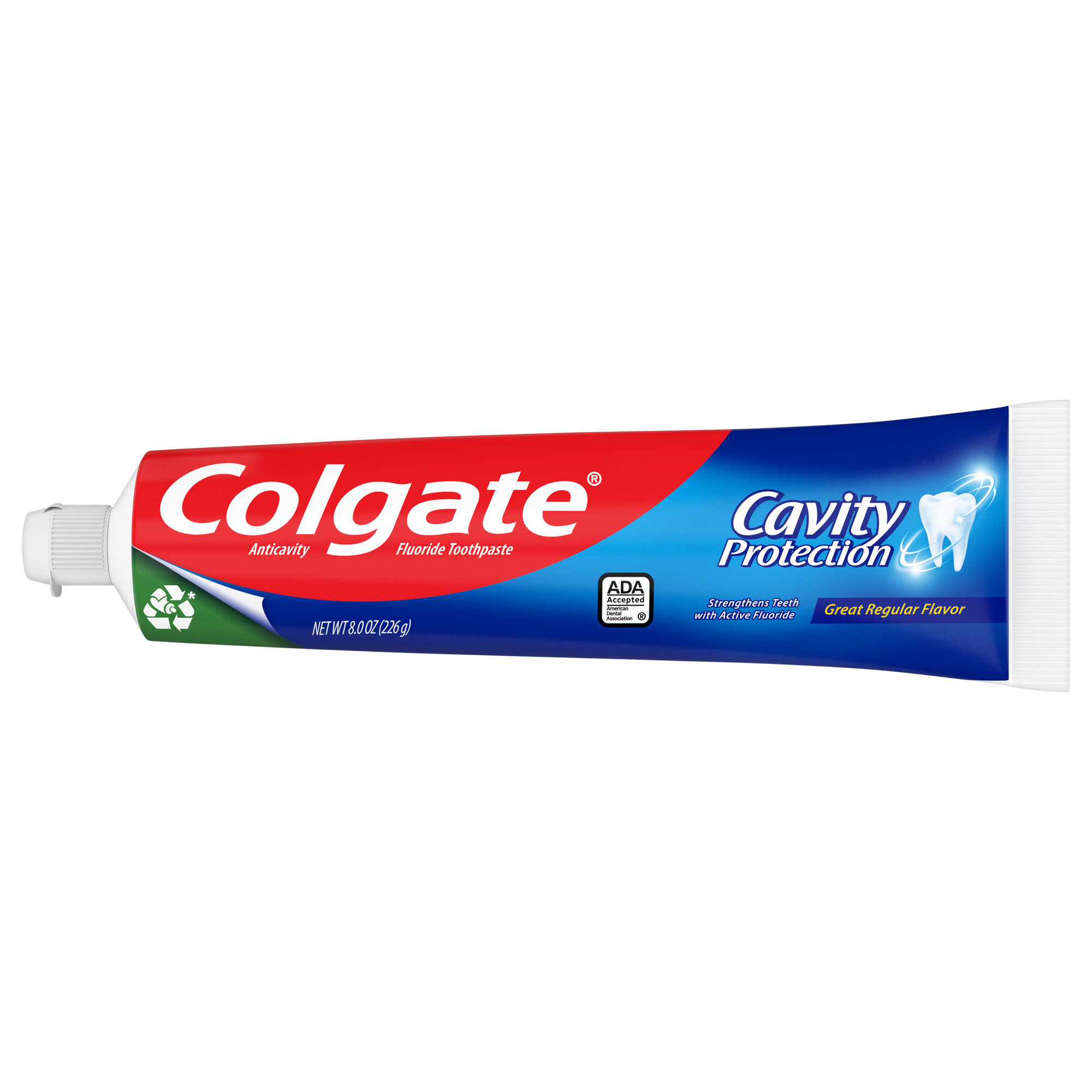
Colgate Cavity Protection Toothpaste with Fluoride, Great Regular Flavor helps strengthen teeth enamel every time you brush your teeth.

Colgate Total Active Prevention Whitening Toothbrush is a soft toothbrush with charcoal infused spiral and Floss-Tip bristles (1). This soft bristle toothbrush fights the root cause* of cavities, plaque, gingivitis, bad breath, tartar buildup**, and stains*** and also helps remove surface stains to prevent stain buildup.

Power away plaque with Colgate Total Battery Powered Toothbrush. This battery operated toothbrush for adults fights the root cause* of cavities, plaque, gingivitis, bad breath, tartar buildup**, and stains***. Plus, this battery toothbrush has a built in 2 minute timer and features two cleaning modes, Sensitive and Regular, to cater to your unique oral care needs.

The Colgate Total® Active Prevention Foaming Clean Soft Bristle Toothbrush is specially designed to tackle the root cause* of cavities, plaque, gingivitis, bad breath, tartar buildup**, and stains***.

Helping dental professionals
More professionals across the world trust Colgate. Find resources, products, and information to give your patients a healthier future




